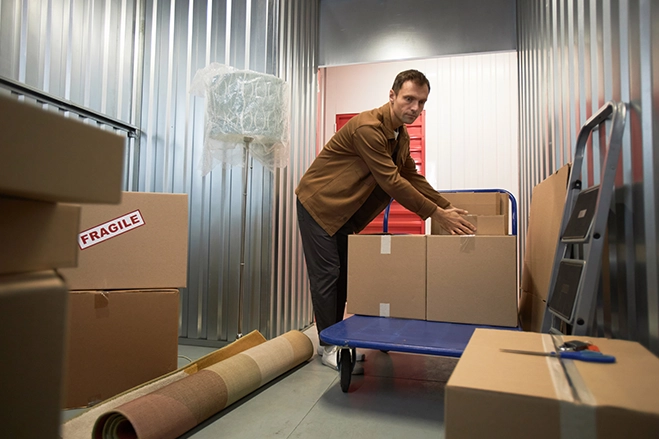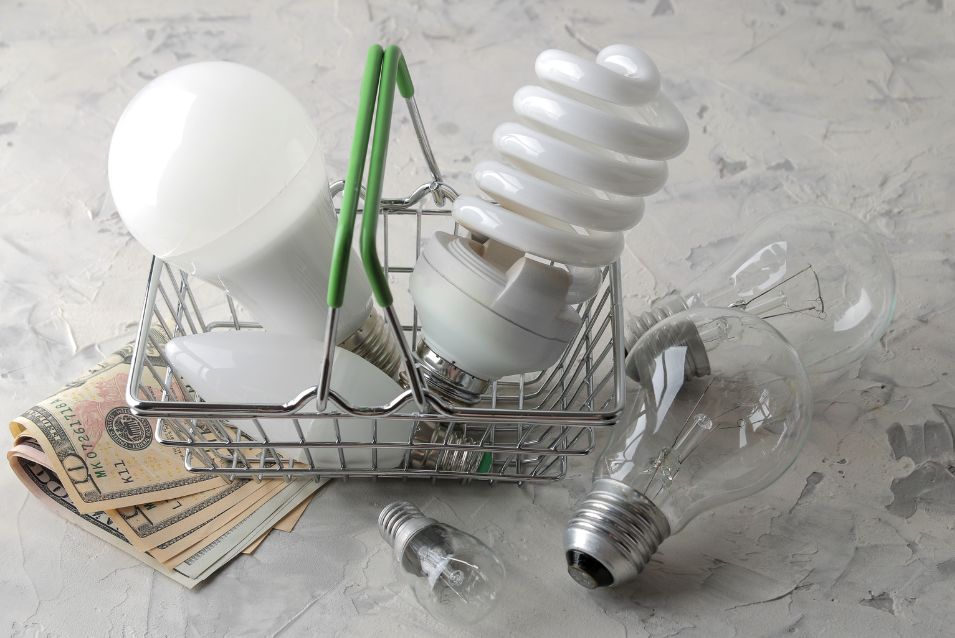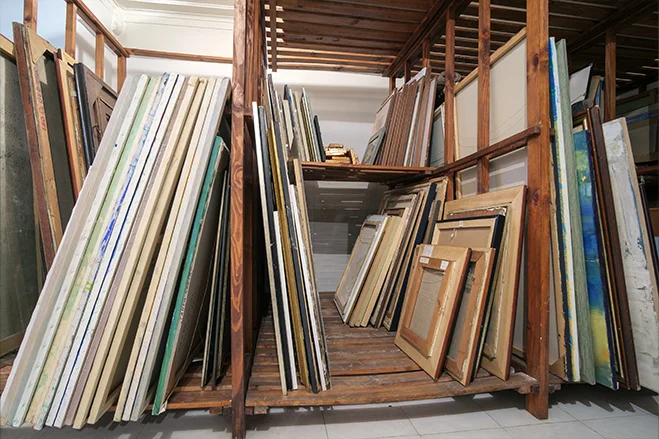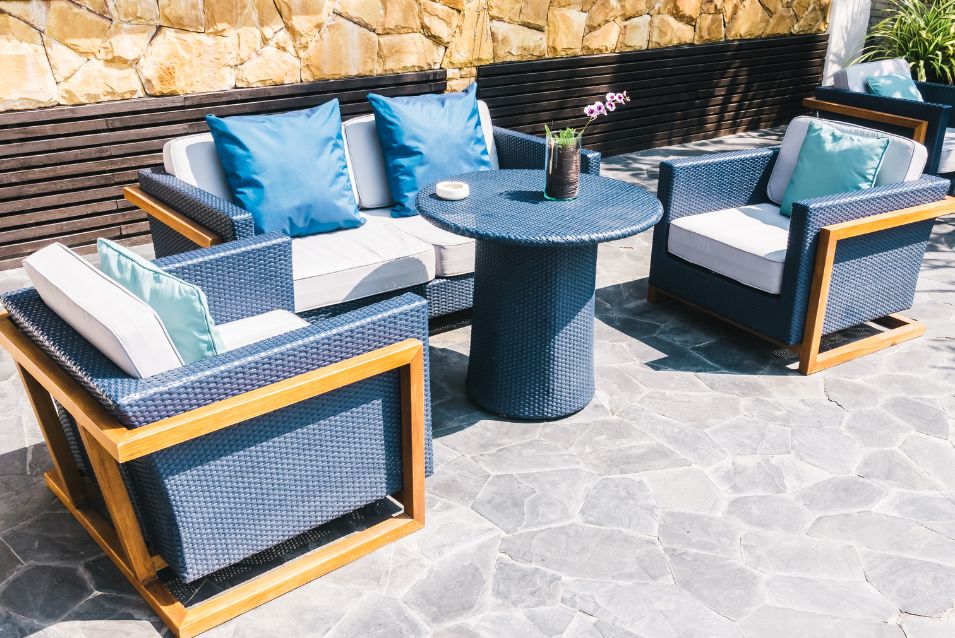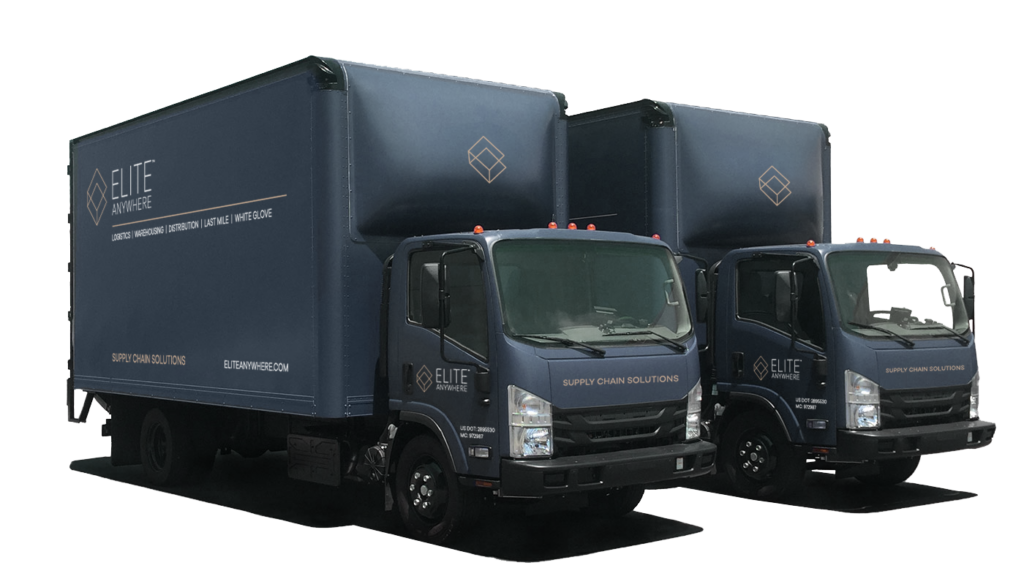
Experience White Glove Delivery Done Right
Whether you’re furnishing a home, installing high-end pieces, or transporting delicate items, Elite Anywhere’s White Glove Delivery ensures every detail is handled with precision. From careful packaging to expert setup and cleanup, we deliver more than just your item — we deliver peace of mind.





